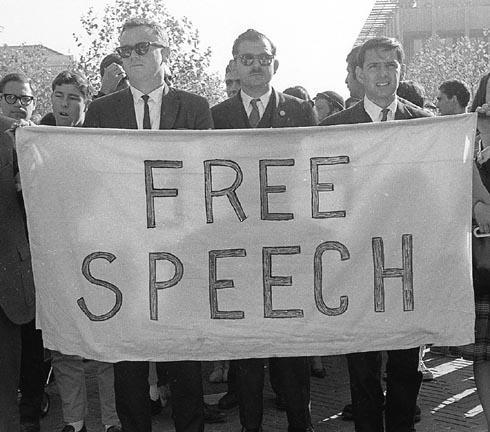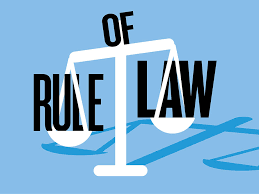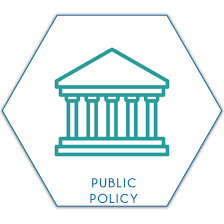About This Lesson
This handout describes the basics of the 1st Amendment and the Espionage Act of 1917, asks students why they agree or disagree with it, and has them create a counterclaim for what they wrote. Then, they learn the facts of the Schenck case and write why they agree or disagree with Schenck's claims that conscription violates the 13th Amendment and that the 1st Amendment protects his anti-draft speech. Finally, students are asked why they agree or disagree with the Supreme Court's decision that a "clear and present danger" can be a cause to limit freedom of speech. Then, there is a second worksheet about free speech and the Pledge of Allegiance through the cases of Minersville v. Gobitis and West Virginia v. Barnette, and finally, a handout on speech rights in schools, having students analyze the Tinker v. Des Moines and Hazelwood v. Kuhlmeier cases.
















